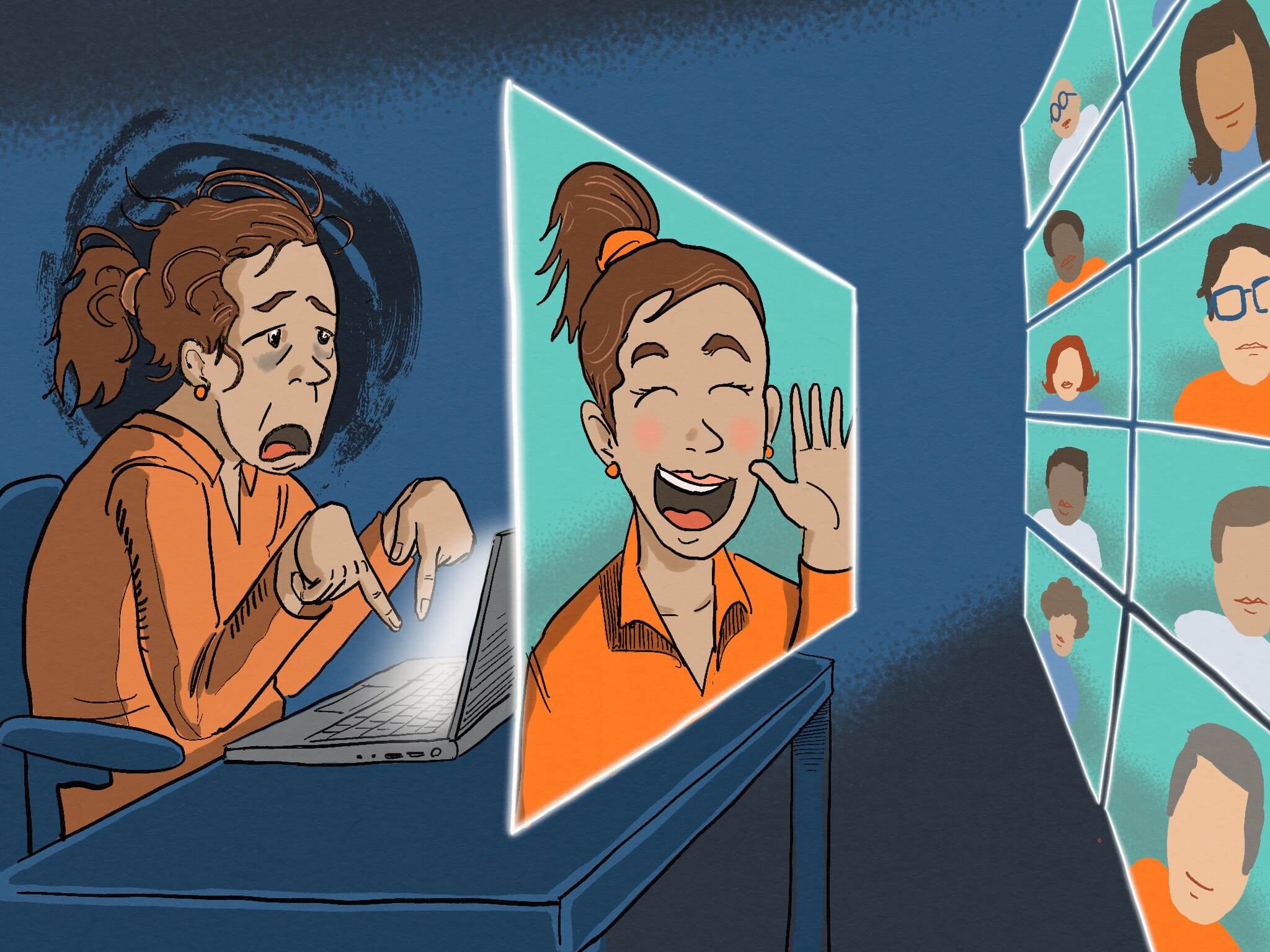The Zoom effect and its impact

In my opinion, the story of Zoom (NASDAQ: ZM) is genuinely touching. The efforts that its creator, Eric Yuan from China, made in developing a digital platform were impressive.
Initially, his desire was to connect virtually with his partner more frequently, as he could only see her twice a year during his studies. His ideas took shape, not only because of the desire to be able to be with his girlfriend virtually but also because of the inspiring messages of Bill Gates, creator of Microsoft (NASDAQ: MSFT), about the Internet boom during one of his conferences. At the time, the creator and head of Microsoft were encouraging students to experience working in the creative and innovative environment of Silicon Valley.
After eight attempts to get his visa to go to Silicon Valley, Eric started working at Webex, a company now called Cisco (NASDAQ: CSCO). In 2011, Eric proposed to the directors of this company to create a videoconferencing platform for smartphones. Surprisingly, the proposal was rejected by his organization.
This decision did not discourage him. On the contrary, he managed, in 2011, to resign from Cisco and created the Zoom platform. The rest is history.
Zoom has had exponential growth from 10 million daily meeting participants in 2019, to 300 million by May 2020. Impressive when compared to the growth of Meta Platform’s (NASDAQ: FB) Instagram, which was able to grow to 300 million users in four years. Zoom’s virtual platform became the medium where people can converge and organize video conferences for up to forty minutes for free, with up to 100 participants. Additionally, Zoom has an option to expand the number of participants and the duration time per call with the opportunity to be recorded.
The effect of isolation and caution to avoid getting sick generated by the pandemic was an unparalleled opportunity for this exponential growth of Zoom.
However, I always consider that all exponential growth generates intense and drastic impacts on society. In the case of Zoom, I have had the opportunity to observe and appreciate significant changes in families, which have achieved favorable benefits in their work-life balance. These benefits include having more time at home with their children, savings in transportation, and improvements in the home environment. Personally, I have visited certain friends. Their house looks different since they have created a distinct space for the work environment. Some companies have proved that they are more productive with the virtual environment, especially technology companies.
For my part, I have had the opportunity to meet again with friends that I had not talked to for years, and now the common phrase that we connect by Zoom has become so popular among us that it has become a semantic label in society.
On the other hand, the Zoom effect generates counterproductive impacts since, on the one hand, there are people who find it exhausting to have virtual meetings, and they also find it difficult to leave their homes and move to their old offices. In other words, they feel really worn out. Others combine virtual work and entertainment games simultaneously, producing more fatigue, lack of concentration, and more stress.
What impresses me most are stories like that of Ceenu Jebaraj’s three-year-old daughter, now five years old, who has been in Zoom sessions for more than 600 days and knows only one virtual education environment on the Zoom platform.
She is one among 42 million Indian children who have been affected by the closure of pre-schools. “I was very keen for her to form social relationships in school. But for her, all the friends in the class have remained like little squares in Zoom,” says Jebaraj.
Studies corroborate that children’s years out of school have significantly affected their learning outcomes.
In conclusion, the Zoom effect has generated diverse impacts on society.
